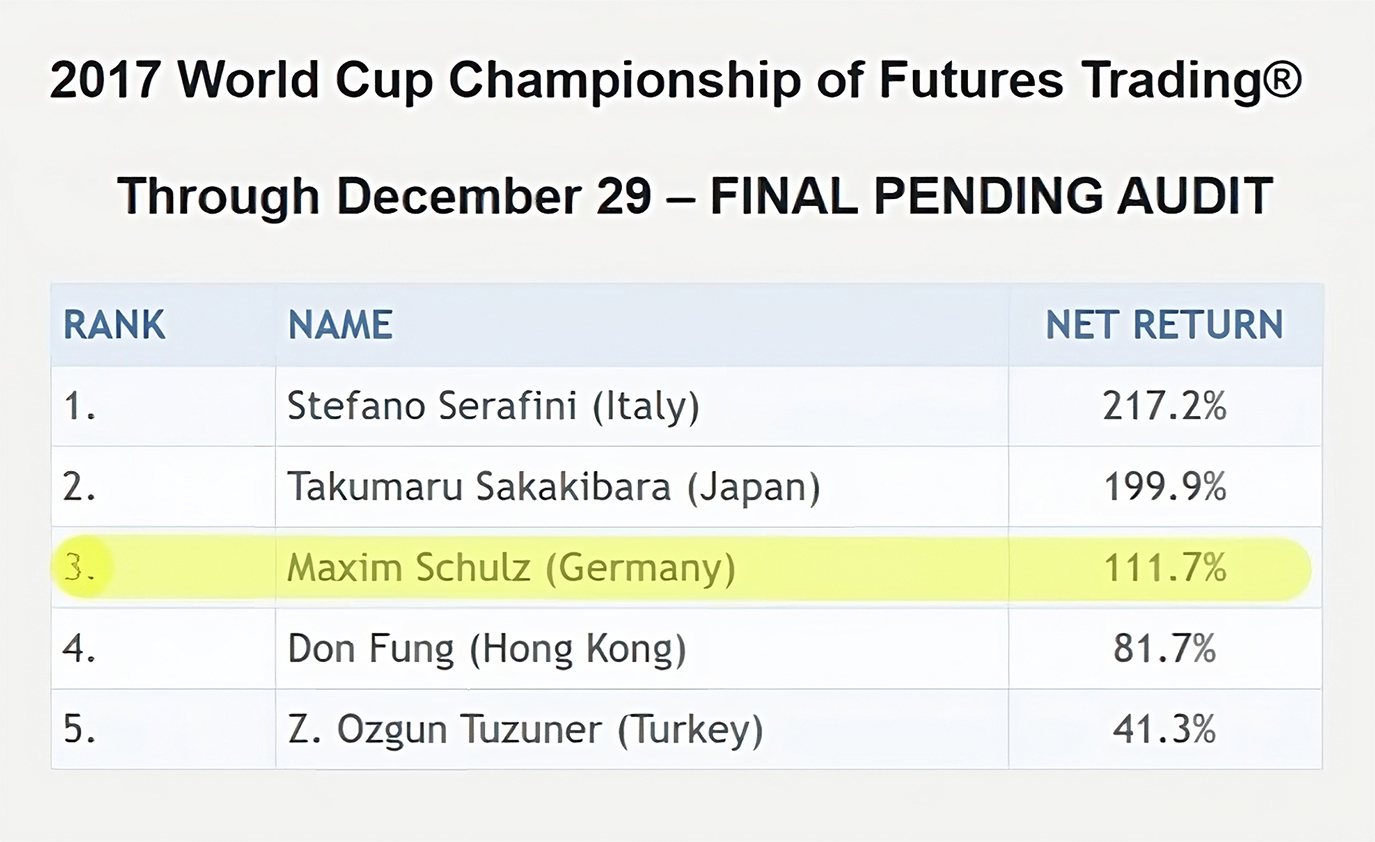Understanding The Love Monster: A Parent's Guide

Table of Contents
Identifying the Love Monster's Behaviors
The Love Monster manifests in various ways, depending on your child's age and personality. Recognizing these behaviors is the first step towards effective management. Common manifestations include: toddler tantrums, intense clinginess, sudden aggression, or withdrawal and silence.
These behaviors can look quite different across age groups:
- Toddlers (1-3 years): Toddler tantrums, characterized by screaming, kicking, and crying, are frequent expressions of frustration and unmet needs. They may also exhibit extreme clinginess, demanding constant attention.
- Preschoolers (3-5 years): Preschoolers might display more verbal aggression, arguing, and defiance. Emotional outbursts can be triggered by seemingly minor events. Withdrawal might manifest as sulking or refusing to participate in activities.
- School-aged children (6-12 years): Older children may express their emotions through anger, irritability, or defiance. They may also exhibit emotional outbursts, though often less physically demonstrative than younger children. Withdrawal may involve social isolation or difficulty concentrating.
Bullet Points:
- Age-appropriate examples of "Love Monster" behaviors: A toddler throwing a toy because they can't open a snack; a preschooler hitting a sibling out of anger; a school-aged child slamming their door and refusing to talk.
- Recognizing the underlying emotions: Behind the tantrums and aggression often lies frustration, fear, sadness, or unmet needs.
- Differentiating between typical behavior and potential underlying issues: While some emotional outbursts are normal, persistent or extreme behaviors may warrant professional evaluation. Consult a pediatrician or child psychologist if you have concerns.
Understanding the Roots of Intense Emotions
Children's emotional regulation skills develop gradually. Their brains are still wiring the neural pathways responsible for managing intense feelings. This process isn't instantaneous, and it's significantly influenced by several factors.
- Child development stages: Emotional regulation is a skill that develops over time, with significant leaps in different developmental stages. Understanding these stages can help parents set realistic expectations.
- Brain development: The prefrontal cortex, responsible for executive functions like emotional control, continues developing well into adolescence. This means younger children naturally have less control over their emotions.
- Temperament: Children are born with different temperaments, influencing how they express and regulate their feelings. Some are naturally more sensitive or prone to emotional outbursts than others.
- Attachment: The quality of the parent-child relationship significantly impacts emotional development. Secure attachment fosters emotional security and regulation.
Bullet Points:
- Explanation of brain development: The amygdala (responsible for emotional responses) often develops faster than the prefrontal cortex (responsible for regulation), leading to emotional outbursts.
- How temperament influences emotional responses: A child with a highly reactive temperament might experience more intense emotional reactions to stimuli.
- The role of attachment: Secure attachment provides a safe base for exploring emotions and learning coping mechanisms.
Practical Strategies for Managing the Love Monster
Managing a child's intense emotions requires patience, understanding, and consistent application of effective strategies. Remember, the goal isn't to eliminate emotions but to help children develop healthy ways to express and regulate them.
- Validate feelings: Acknowledge your child's emotions, even if you don't agree with their behavior. Say things like, "I see you're really angry right now."
- Offer support: Provide a safe and comforting environment where your child feels understood.
- Set healthy boundaries: Establish clear expectations for behavior, and consistently enforce consequences.
- Teach self-soothing skills: Help your child learn techniques like deep breathing, counting, or using a comfort object.
Bullet Points:
- Specific strategies for dealing with tantrums: Remain calm, offer comfort, and redirect attention once the child is calm.
- Techniques for teaching children self-soothing skills: Practice deep breathing exercises, teach them to identify their emotions, and offer sensory activities like playing with playdough or drawing.
- How to create a supportive and predictable environment: Establish consistent routines, clear expectations, and ample opportunities for emotional expression.
- When to seek professional help: If you're struggling to manage your child's emotional outbursts or notice concerning patterns, consult a child psychologist or therapist.
The Role of Self-Care for Parents
Parenting is demanding, and neglecting your own well-being can negatively impact your ability to support your child. Prioritizing self-care is crucial.
- Seek support: Lean on family, friends, or support groups for emotional and practical assistance.
- Engage in hobbies: Make time for activities that bring you joy and relaxation.
- Prioritize sleep: Adequate sleep is essential for managing stress and improving your emotional resilience.
Bullet Points:
- Specific self-care activities: Exercise, meditation, spending time in nature, reading, pursuing hobbies.
- The importance of seeking support networks: Connect with other parents, join support groups, or seek professional counseling.
- Recognizing signs of parental burnout: Feeling overwhelmed, exhausted, irritable, and detached from your child are all signs that you need to prioritize self-care.
Conclusion: Taming the Love Monster Together
Understanding and managing your child's intense emotions is a journey, not a destination. By recognizing the "Love Monster's" behaviors, understanding the developmental roots of these emotions, and implementing effective strategies, you can create a supportive environment for your child's emotional growth. Remember, self-care is not a luxury but a necessity for effective parenting. Start implementing these strategies today to better understand and manage the Love Monster in your home, and remember that seeking support is a sign of strength, not weakness. Continue learning about child development and emotional regulation to strengthen your parenting skills and foster a positive and nurturing environment for your child.

Featured Posts
-
 Aimscap Wtt Strategies For Success In The World Trading Tournament
May 22, 2025
Aimscap Wtt Strategies For Success In The World Trading Tournament
May 22, 2025 -
 Abn Amro Amerikaanse Invoerheffingen Halveren Voedselexport
May 22, 2025
Abn Amro Amerikaanse Invoerheffingen Halveren Voedselexport
May 22, 2025 -
 Gumballs New Home Hulu And Disney
May 22, 2025
Gumballs New Home Hulu And Disney
May 22, 2025 -
 Aimscap Dominates The World Trading Tournament Wtt
May 22, 2025
Aimscap Dominates The World Trading Tournament Wtt
May 22, 2025 -
 Is Western Separation Realistic A Saskatchewan Perspective
May 22, 2025
Is Western Separation Realistic A Saskatchewan Perspective
May 22, 2025
Latest Posts
-
 Jaw Dropping Antiques Roadshow Find Results In Couples Arrest For Trafficking
May 22, 2025
Jaw Dropping Antiques Roadshow Find Results In Couples Arrest For Trafficking
May 22, 2025 -
 National Treasure Trafficking Antiques Roadshow Episode Ends In Arrest
May 22, 2025
National Treasure Trafficking Antiques Roadshow Episode Ends In Arrest
May 22, 2025 -
 Jail Time For Couple Following Antiques Roadshow Appraisal
May 22, 2025
Jail Time For Couple Following Antiques Roadshow Appraisal
May 22, 2025 -
 Antiques Roadshow Couple Arrested After Jaw Dropping National Treasure Appraisal
May 22, 2025
Antiques Roadshow Couple Arrested After Jaw Dropping National Treasure Appraisal
May 22, 2025 -
 Couples Antiques Roadshow Appearance Results In Prison Sentence
May 22, 2025
Couples Antiques Roadshow Appearance Results In Prison Sentence
May 22, 2025
